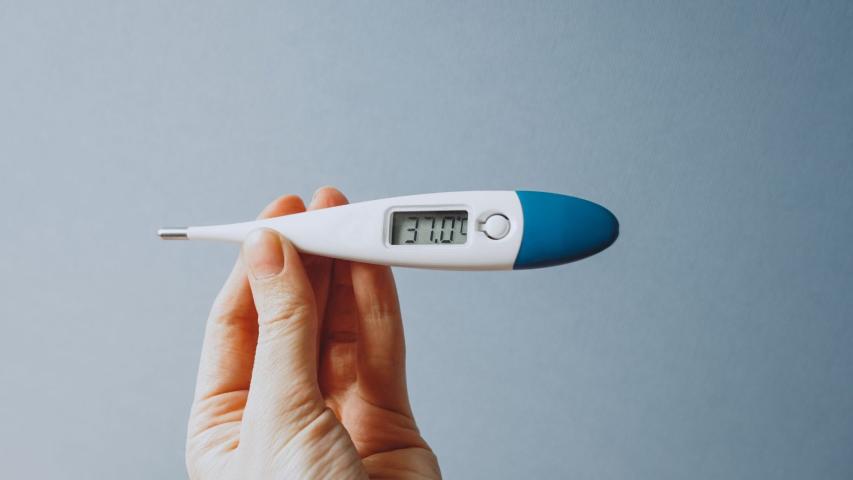Fever in kids is scary for parents. When the temperature suddenly spikes, it is not only alarming but also makes it hard to think straight. Why does a fever happen? Do they need a doctor? There are so many things that hit my mind at the moment.
However, it is important not to panic in such situations; instead, start by making important decisions. The first step is to take control of the situation by using a digital thermometer. Wondering how it helps? How to manage your child’s fever? But before that, let’s understand what causes a fever.
What Causes a Fever to Happen?
Every person has an internal “thermostat”. This controls their body temperature. 98.6° F plus or -1° is the average human body temperature. To aid in the body’s defence against infection or other sicknesses that the body recognizes, the brain reacts by increasing body temperature. If more than 100.4° F, a fever is defined as a rectal temperature.
Also remember, sometimes, high body temperature can be brought on by other situations. This includes being in an overheated car or spending an extended amount of time outside in the heat. However, the criteria for fever using various types of thermometers are as follows:
- If 99° F or higher, armpit temperature is the right choice.
- If 100.4° F or higher, rectal, forehead or ear temperature is the right choice.
- If 100° F or higher, oral or mouth temperature is the right choice.
How Can You Take An Accurate Temperature of Your Child?
If you decide to take your child’s temperature with a digital thermometer, that would be ideal. You can still learn how to take readings even though different types of thermometers are used depending on the age. To help you, here is how to take the temperature in kids:
- If you’ve a kid less than 1 year then rectal temperature is the most accurate use for a digital thermometer. If your kid feels uneasy, you can use the digital thermometer beneath the kid’s armpit.
- If you’ve a kid over 1 year an in-ear or under-the-armpit digital thermometer is the best choice.
- For older children, you can also use a forehead point-and-shoot thermometer.
Moreover, here are some tips for taking a temperature:
- Mercury thermometers should be avoided. Simply because they break easily. If not, they tend to release toxic substances that you and your child may get harmed by.
- For taking temperatures, avoid using an oral thermometer for rectal temperature reading and vice versa.
- Digital thermometers are an ideal pick. Not only because they can provide oral temperature readings but rectal as well.













